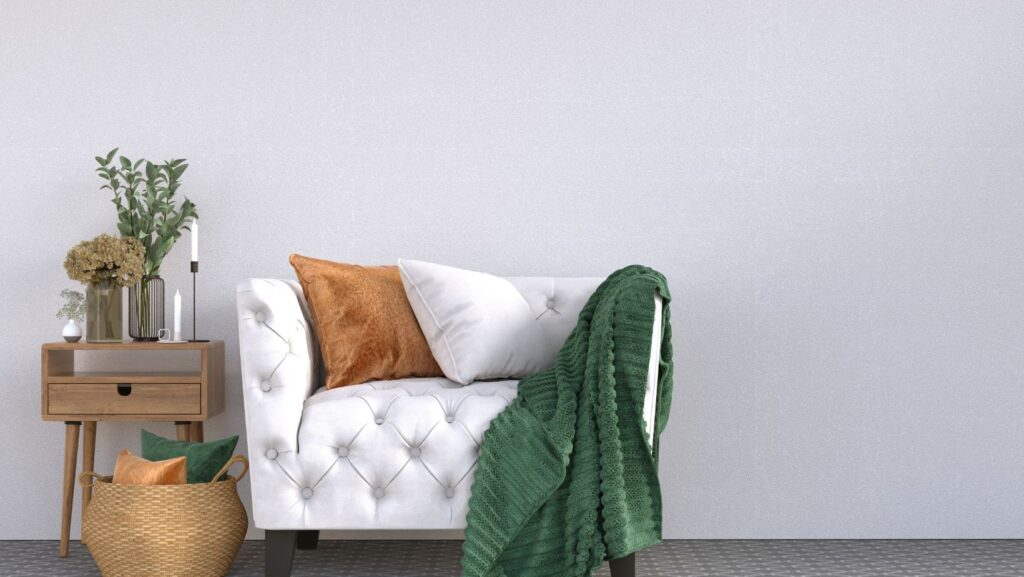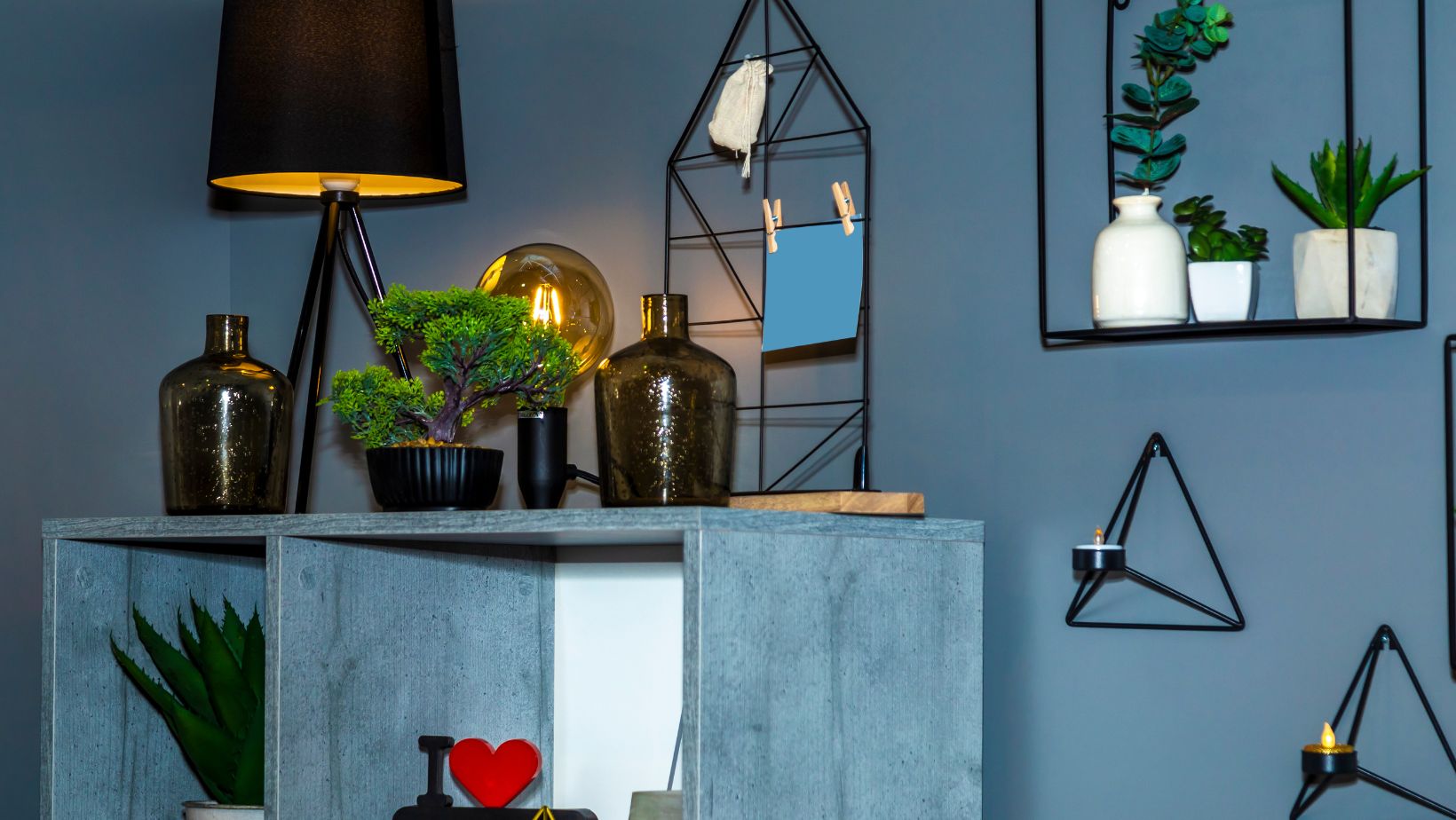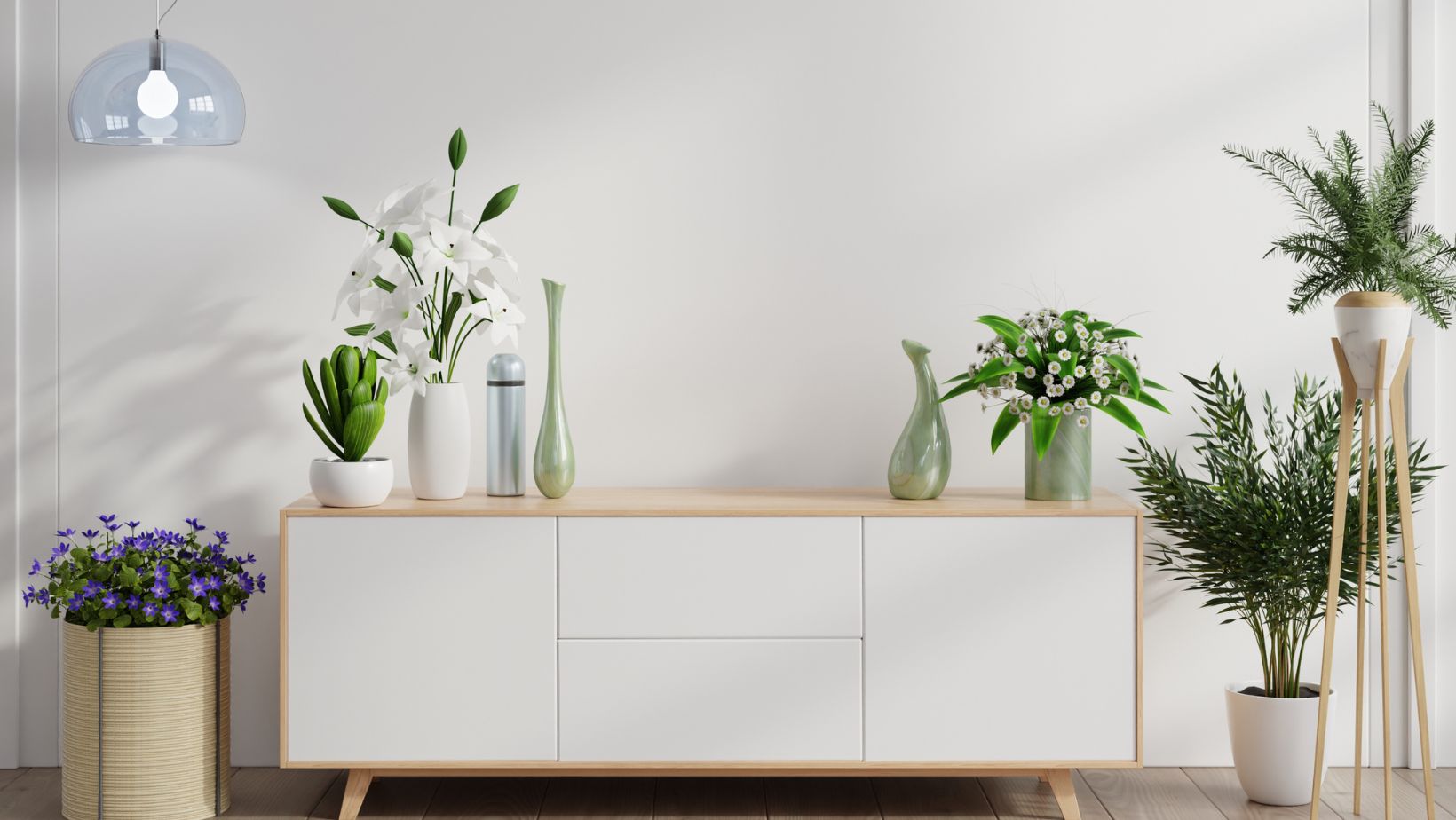The allure of lush greenery within our homes has never been more captivating. As the trend of biophilic design sweeps through modern interiors, the integration of planters becomes a key element in creating stylish, serene, and healthy living spaces. Let’s dive into how planters can elevate your home aesthetics and well-being.
The Benefits of Green Aesthetics
Plants do more than just add a touch of nature to your home—they significantly enhance your health and well-being. Indoor plants improve air quality by filtering toxins and releasing oxygen. This cleaner air can lead to reduced stress levels, lower blood pressure, and an overall sense of calm. Moreover, the presence of greenery has been shown to boost mood and productivity, making plants a perfect addition to both living areas and workspaces.
Incorporating plants into your home decor is not just a personal benefit; it’s an eco-friendly choice that supports sustainable living. Opting for natural decor elements over synthetic ones reduces your carbon footprint. Additionally, cultivating indoor plants contributes to a greener planet by supporting biodiversity and encouraging a more conscious lifestyle.
Types of Planters and Their Aesthetic Appeal
Traditional planters bring a classic and timeless appeal to any space. Ceramic and terracotta pots, with their earthy tones and textures, add warmth and a rustic charm. Wooden planters offer a natural, organic look that complements various decor styles, from farmhouse to modern rustic. These traditional options are versatile and can seamlessly blend into different parts of your home.
For those seeking a more modern touch, contemporary planters are the way to go. Sleek designs crafted from metal or glass provide a minimalist and sophisticated aesthetic. Geometric shapes and clean lines add a striking visual interest, while smart planters equipped with self-watering systems cater to the tech-savvy plant lover. These innovative designs ensure that your plants remain healthy with minimal effort.
Choosing the Right Plants for Your Space
Selecting the right indoor plants depends on the light conditions and maintenance level you’re comfortable with. Low-light plants like snake plants and pothos thrive in dimly lit areas, making them ideal for rooms with limited natural light. On the other hand, sun-loving plants such as fiddle leaf figs and succulents need bright, indirect light. For low-maintenance options, consider hardy varieties like succulents, ZZ plants, or peace lilies.
When it comes to outdoor plants, seasonality plays a crucial role. Opt for flowers and foliage that bloom in your local climate to ensure they thrive year-round. For balconies and patios, consider compact plants like herbs, which not only add greenery but also provide fresh ingredients for your kitchen. Seasonal choices, such as spring bulbs or summer annuals, can add vibrant color and variety to your outdoor spaces.
Styling Tips for Integrating Planters into Home Decor
In the living room, use statement planters to create focal points. Large, sculptural pots with tall plants can anchor a seating area, while smaller planters can be arranged on shelves or coffee tables to add layers of interest. Coordinate the colors and materials of your planters with your furniture and decor for a cohesive look.
Kitchens benefit from functional decor, and herb planters are a perfect example. Not only do they add a fresh, green touch, but they also provide easy access to herbs for cooking. Hanging planters can save counter space and create a vertical garden effect. Choose planters that complement your kitchen’s style, whether it’s sleek and modern or charmingly rustic.
Bathrooms are often overlooked when it comes to plant decor, but they can benefit greatly from the addition of moisture-loving plants like ferns and pothos. Stylish planters in ceramic or glass can complement the bathroom’s design, adding a fresh and spa-like ambiance.
DIY Planter Projects
Get creative and eco-friendly by upcycling old containers into unique planters. Mason jars, tin cans, and even old boots can be transformed into charming plant homes. Personalize these planters with paint, decorative tape, or fabric to match your decor.
For those who enjoy hands-on projects, crafting your own planters can be incredibly rewarding. Use natural elements like stones, driftwood, or reclaimed wood to create rustic and organic designs. Follow step-by-step guides to ensure your DIY planters are not only beautiful but also functional for your plants.
Maintaining and Caring for Your Plants
Proper plant care is essential for maintaining the beauty and health of your indoor garden. Ensure your plants receive the right amount of water—overwatering is just as harmful as underwatering. Most indoor plants benefit from a consistent watering schedule, typically once a week. Additionally, feeding your plants with the appropriate fertilizers can promote growth and vibrancy.
Keep an eye out for common pests like spider mites, aphids, and mealybugs. Natural remedies, such as neem oil or insecticidal soap, can effectively manage these pests without harming your plants. Regularly inspecting your plants and wiping down leaves can also help prevent infestations.
Conclusion
Incorporating planters into your home decor is a delightful way to enhance your living space’s aesthetics and promote a healthier lifestyle. From traditional to contemporary styles, the variety of planters available ensures that there’s something to suit every taste and home environment. Start with a few planters and experiment with different plants and placements to find the perfect green aesthetic for your home. Embrace the beauty and benefits of indoor plants and transform your home into a stylish and serene oasis.




More Stories
5 Reasons to Get a Property in Phuket
Smart Steps To Collect Child Support: Effective Tips From Advocate Sean Gentile, MBA
How Barn Fans and Exhaust Systems Improve Air Quality